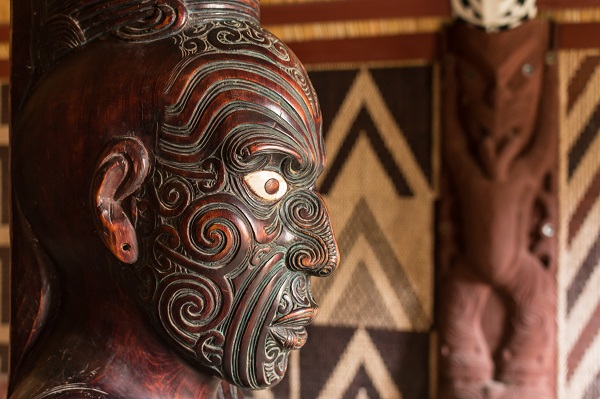
<h4 style="text-align: justify;">Latest information on Māori student achievement rates reveals there is much work still to be done.</h4>
<p style="text-align: justify;">Information derived from the Ministry of Education&#8217;s Public Achievement Information (PAI) publications, the <a href="http://www.educationcounts.govt.nz/topics/national-education/iwi-education-profiles" target="_blank">Iwi Education Profiles</a> show iwi by iwi as well as rohe breakdowns of early childhood participation data and schooling achievement data.</p>
<p style="text-align: justify;">For all three iwi, NCEA Level 2 achievement rates have improved compared to 2014. Achievement rates for the three largest iwi in 2015 ranged from 69.4 per cent to 76.6 per cent, up from 66.9 to 72.9 per cent in 2014.</p>
<p style="text-align: justify;">“I am incredibly pleased with the progress that these profiles are showing”, says education minister Hekia Parata. “However, there is still work to do to meet the government&#8217;s target of 85 per cent of 18-year-olds achieving NCEA level two or equivalent in 2017. There is also more work to be done to raise Māori achievement at all levels, to get to the point where there is no difference between the achievement levels of our children and young people regardless of their background.” </p>
<p style="text-align: justify;">Ms Parata says the iwi profiles have been well received by iwi and Hapu as well as the wider education sector. &#8220;They can be useful for iwi, schools, and Communities of Learning to identify specific educational challenges and target efforts to increase achievement.</p>
<div class="content">
<p style="text-align: justify;">“Quality information, especially over a period of years, is critical to understanding what’s working well for our children and young people as well as what more needs to be done to tackle education challenges.”</p>
</div>

NZCER found generative AI tools are frequently used to support teaching and learning in primary…
The Ministry decision to discontinue a reading resource over kupu Māori has angered the sector…
NCEA was designed to broaden educational success, explains David Pomeroy from the University of Canterbury.
More than just a break from the classroom, a visit to a zoo or wildlife…
Without proper maintenance and care, trees can become a hazard. Are your trees in need…
Loneliness and social disconnection negatively impact wellbeing. A new WHO report finds teens feel the…
This website uses cookies.